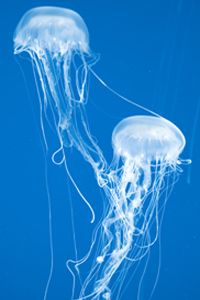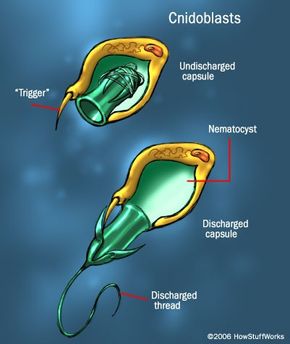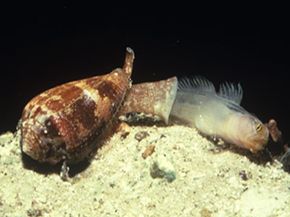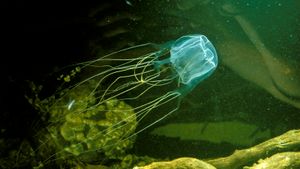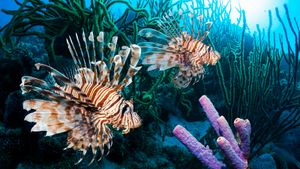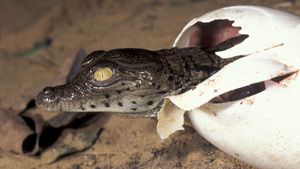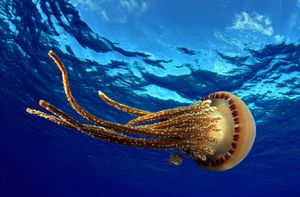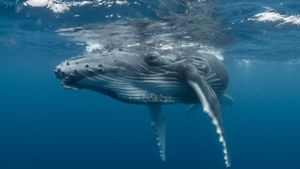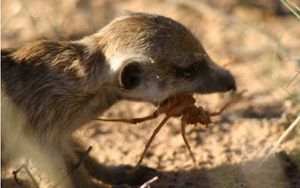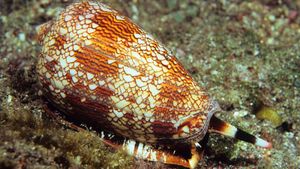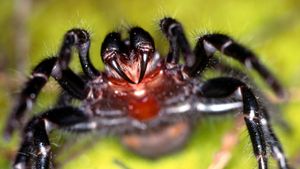Most people have been on the receiving end of an animal's animosity at one time or another. Some of these encounters are relatively harmless, like a bug bite, but other animal meetings can be painful or even deadly. We've all heard stories of violent bear maulings and gruesome shark attacks, but other animals strike in a much stealthier way with the help of potent toxins.
There are actually two kinds of toxic animals: poisonous and venomous creatures. While the two terms are often used interchangeably, in the scientific realm, they have different meanings. The difference lies in the way the animal transfers its toxins. Whereas poison is transmitted passively through ingestion or absorption, venom is actively injected. As a general rule, poison is used primarily for defensive purposes (by prey), and venom is used for offensive purposes (by predators). In addition, most venomous animals can produce their own deadly concoction, whereas poisonous creatures usually acquire their toxicity through their diet.
Advertisement
A poisonous animal can only transfer its toxins if another animal comes into physical contact with it or eats it (a sort of posthumous revenge). Poison dart frogs, for instance, secrete a toxic substance from their skin which is potentially fatal to predators that venture too close. Venomous animals, on the other hand, have a device to actively deliver their lethal cocktail. For example, snakes and spiders have fangs, wasps use stingers and scorpions strike with their tails.
In this article, we're not interested in those poisonous creatures that just wait around for something exciting to happen; we're focused on the venom-producing go-getters. Some venomous animals are well known -- black widows, rattlesnakes and fire ants all come to mind; others tend to lead a more private life. In fact, one of the world's most venomous animals is one you may never even see -- even if it bites you on the nose. Actually, in the case of this particular animal, "bite" isn't quite the right word; the more appropriate term is "sting."
Advertisement
